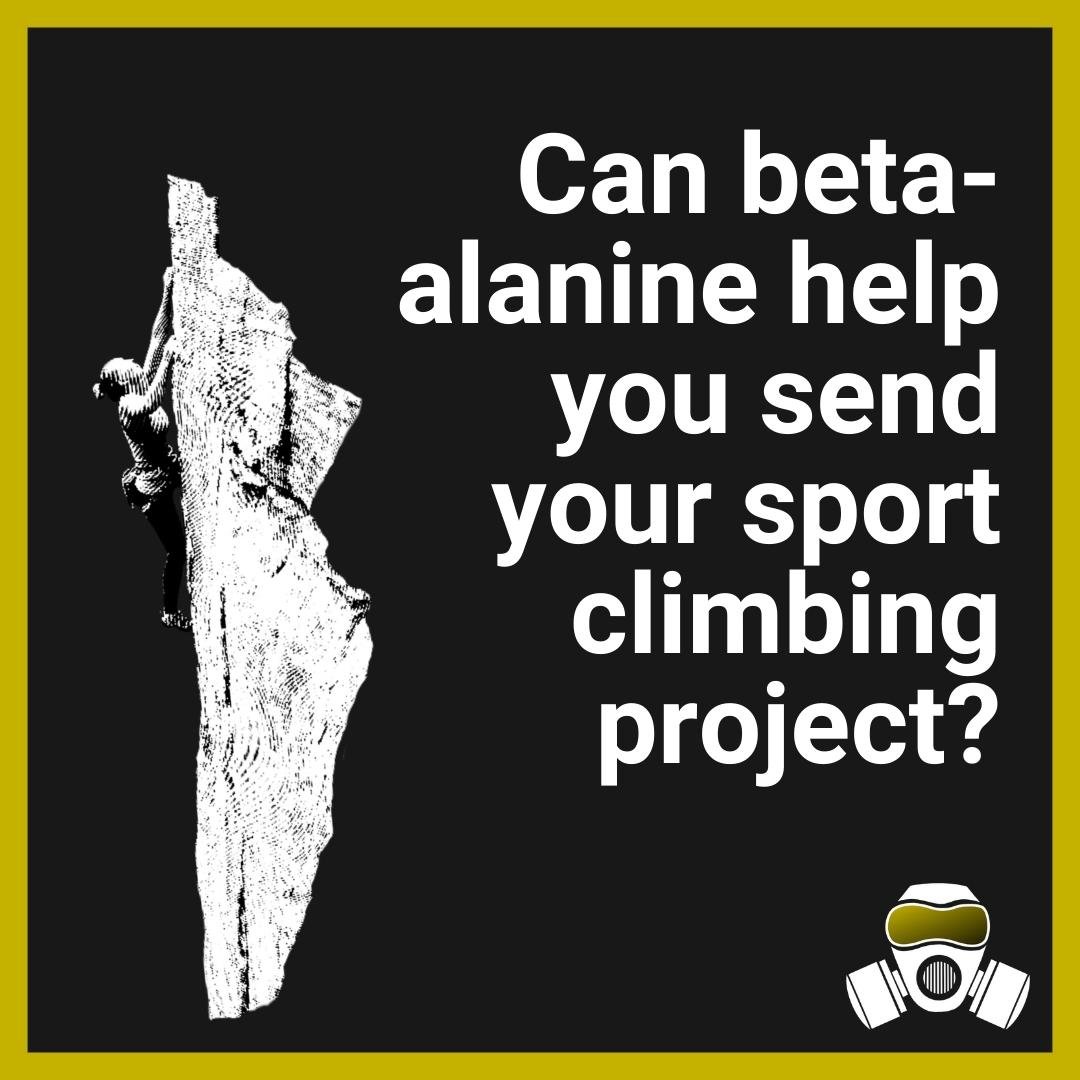Poor Sods: How to Train Endurance in a Crowded Climbing Gym
Sod’s Law states: “Anything that can go wrong will always go wrong with the worst possible outcome.”
Turns out Sod generally spends his time at the climbing gym.
If you’ve ever dedicated a big chunk of your summer/season/year/life to training – and I don’t mean just going inside to do whatever strikes you as the most fun thing to do that day, I’m talking a plan that is programmed by the week, indicating intensities to be achieved, rep/weight schemes, directives, etc. – then you’ve also arrived at the gym and realized what you have to do cannot be done for one reason, or a myriad of them.
Certain aspects of training are easy to do, you can move around the crowds and try at your own pace. It’s when you have to open your timer app and select one of the twenty or so timers that you’ve built over the past few months, that things can – and will – get tricky. Simply hoping that no one is climbing on the one section of the 45º that you need for the next 30 minutes isn’t the best plan. Checking to see if that wall is open while having a substitute session already sorted out is what stands between a derailed session and checking that box that shows you did all of the work.
After showing up one too many days to my little, humid, chalky, over-crowded dungeon of a gym only to realize, “There’s literally no way I’m battling all of these kids to do my circuits on the wall,” I’ve come to appreciate my two least favorite training tools in the gym:
The hangboard and the campus board.
Now, I’m not going to tell you what hangboard protocols are best or what campus board session you should be doing. Rather, I’m going to help you understand these two tools a little better so that when Sod has gotten a hold of the gym on a Tuesday night at 6pm, you have a way to work around him.
Hangboarding is all the rage right now. Hell, we dedicated an entire podcast to it. Most of what you hear are recruitment and strength endurance protocols. However, you can also train aerobically on the hangboard, it just means subtracting quite a bit of weight to allow for the volume to reach aerobic levels. For this to work best, we have to talk percentages (cue Kris glazing over and tabbing over to facebook). Here you want to think of around 50% of what your max + bodyweight would be. This will create a situation where you can do many rounds of repeaters without powering down first. Moderate pump is your goal.
Most people associate the campus board with 1-5-9 and building power. Rightfully so, as it's an effective tool.
But what if I told you the campus board was equally effective for building endurance?
Sure, you don’t get the added benefit of complex climbing movement, but by using a 1-2-3-4-3-2-1 protocol with your feet on, you can both save skin AND gain endurance. There are a lot of different ways to tweak these sessions to target whichever intensity you’re looking to target. You can perform more powerful movements at shorter durations to target your anaerobic base, or lower the intensity and go for a longer period of time to target your aerobic base. You can even do three to five move intervals with feet off to target the upper end of your anaerobic system. Simply consider your goals for the session and adapt them to this tool. The transfer isn’t a direct 1:1 so it’ll take a little tweaking to get it right.
Now that you have a couple of ways to work around the throngs of people in the gym, don’t go abandoning your normal training session for the hangboard and campus board. Climbing-specific movement is still paramount and should always be present in your sessions. But like I said, in a pinch, don some headphones, get a little angry, and escape the crowds in order to show Sod you no longer want him as your training partner.
Photo by Todd Clark












The biggest jugs you’ll ever fall off of can be found in the sandstone hollers of the Red River Gorge.